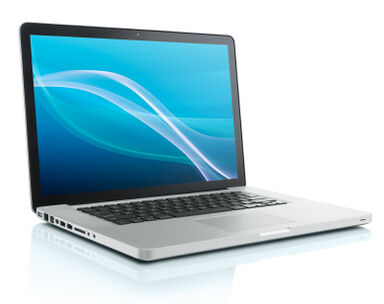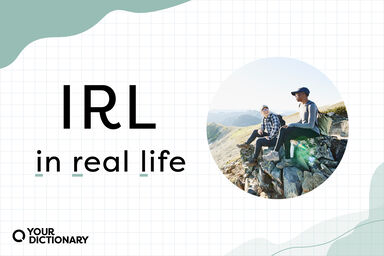Internet Definition
intərnet
noun
A publicly accessible system of networks that connects computers around the world via the TCP/IP protocol.
American Heritage
The international computer network made up of thousands of smaller business, academic, and governmental networks and used extensively as an information resource.
Webster's New World
The Internet, the largest global internet.
Wiktionary
An internet connection, internet connectivity, access to the internet.
Do you have internet at your place? My internet is down and I want to check my email.
Wiktionary
Any set of computer networks that communicate using the Internet Protocol. (An intranet.)
Wiktionary
Synonyms:
pronoun
Internet Is Also Mentioned In
Find Similar Words
Find similar words to Internet using the buttons below.





